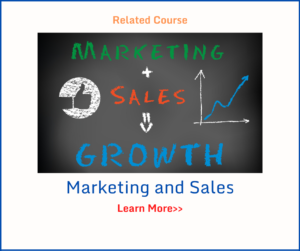 In a challenging economy, consumers become value oriented, set stricter priorities, and reduce their spending. Although it’s wise to contain costs, this is not the time for your organization to stop spending on marketing. Rather it’s the time to put customer needs under the microscope to understand how they have changed, and nimbly adjust your strategies, tactics, and product offerings to the new reality.
In a challenging economy, consumers become value oriented, set stricter priorities, and reduce their spending. Although it’s wise to contain costs, this is not the time for your organization to stop spending on marketing. Rather it’s the time to put customer needs under the microscope to understand how they have changed, and nimbly adjust your strategies, tactics, and product offerings to the new reality.
Organizations may forget that, in prosperous times, rising sales are not caused by clever advertising and appealing products and services alone. Purchases depend on consumers’ having disposable income, feeling confident about their future, and trusting in business and the economy. In a challenging economy, these things have changed for the consumer.
Hence, you must make changes in your approach to marketing. You must find new ways to make marketing work more effectively and get more out of marketing investments. Doing the same things in an uncertain economic environment and expecting the same results is a flawed strategy.
So what strategies can your organization adopt to market and grow the business in this challenging economic times? Some are as follows:
1. Focus on Quality Over Quantity
If marketing efforts focus solely on quantity over quality, fewer leads will convert, more sales resources will be wasted, and sales people will begin to distrust marketing’s lead generation programs. Commit to programs in which quality is a key attribute: programs that can deliver interested prospects, provide prospect contact information and offer reports of program performance.
2. Start Measuring your Marketing Efforts
Metrics will provide the data you need to spend your limited marketing budget wisely. If your organization has web presence and you are not reviewing your web statistics already, that’s a great place to start (and it doesn’t have to cost a lot). Next, start building trackable landing pages and developing measurable campaigns. Then, using a technique called AB testing, begin discovering what messages resonate with customers.
In short, the challenging economic time is the time to scale back any marketing plans whose results you can’t measure or are unsure about.
3. Think Integration
Integrated marketing means your marketing strategy takes advantage of multiple media, resources and customer touch-points to create a whole that’s greater and more effective than the sum of its parts. The more the marketing efforts are integrated and comprehensive, the greater you can achieve in gaining visibility in your market, which in turn increases qualified leads and sales. 
4. Get Targeted
A fundamental but sometimes overlooked marketing tenet is to “fish where the fish are.” In other words, invest in those specific, targeted media where you know your customers and prospects will be exposed to your message.
For instance, it’s likely that your potential customers use the internet. But the internet is vast, and the fish you are looking for may be using specific websites where the content is directly related to their information needs. Try to identify and target those sites.
When you’ve rightly found where the fish are, your marketing approach must be effective. Thus the size of your marketing budget may be less relevant than a good understanding of marketing and sales.